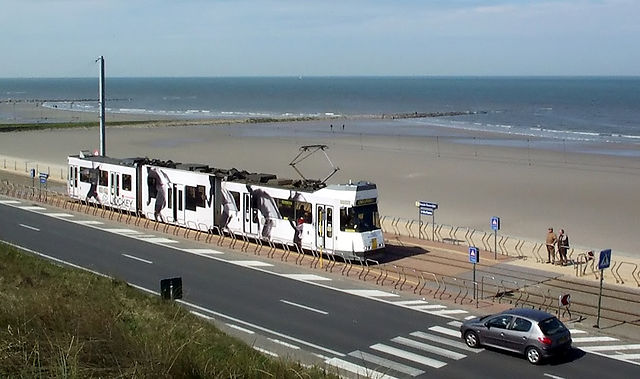The Indiana Railroad (IR) was the last of the typical Midwestern United States interurban lines. It was formed in 1930–31 by combining the operations of the five major interurban systems in central Indiana into one entity. The predecessor companies came under the control of Midland Utilities, owned by Samuel Insull. His plan was to modernize the profitable routes and abandon the unprofitable ones. With the onset of the Great Depression, the Insull empire collapsed and the Indiana Railroad was left with a decaying infrastructure and little hope of overcoming the growing competition of the automobile for passenger business and the truck for freight business. The IR faced bankruptcy in 1933, and Bowman Elder was designated as the receiver to run the company. Payments on bonded debt were suspended. Elder was able to keep the system virtually intact for four years, and IR operated about 600 miles (970 km) of interurban lines throughout Indiana during this period. During the late 1930s, the routes were abandoned one by one until a 1941 wreck with fatalities south of Indianapolis put an abrupt end to the Indiana Railroad's last passenger operations.

This Fort Wayne & Wabash Valley all wood heavy interurban is typical of the numerous pre-1910 wood combines which were inherited by IR.
Car number 65, now preserved at the Illinois Railway Museum, was built for IR by Pullman in 1931.
The interurban is a type of electric railway, with tram-like electric self-propelled rail cars which run within and between cities or towns. The term "interurban" is usually used in North America, with other terms used outside it. They were very prevalent in many parts of the world before the Second World War and were used primarily for passenger travel between cities and their surrounding suburban and rural communities. Interurban as a term encompassed the companies, their infrastructure, their cars that ran on the rails, and their service. In the United States, the early 1900s interurban was a valuable economic institution, when most roads between towns, many town streets were unpaved, and transportation and haulage was by horse-drawn carriages and carts.
An interurban car from the Philadelphia & Western Railroad, which survived long in the interurban business
Kusttram, The Belgian Coast Tram, is a European interurban tramway.
Aigle–Sépey–Diablerets railway line in Switzerland
The Keihan Keishin Line is a Japanese interurban.






